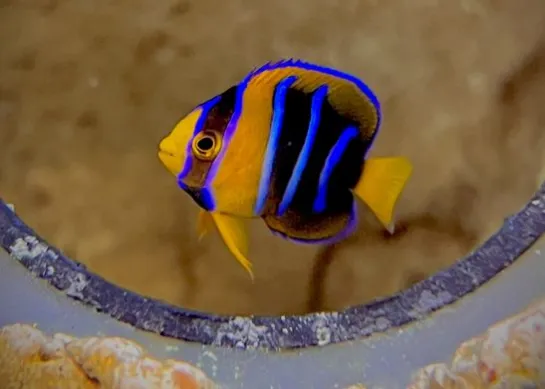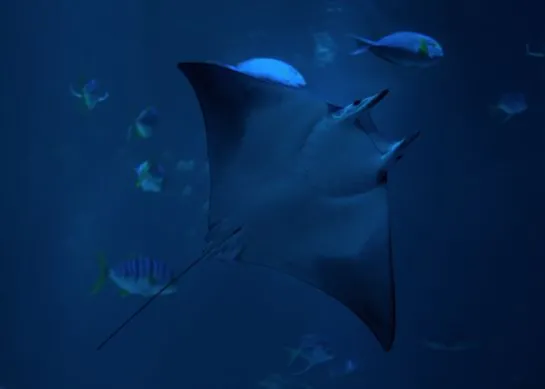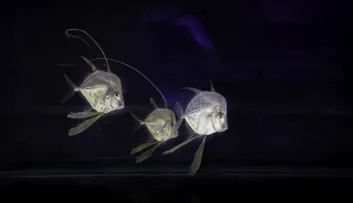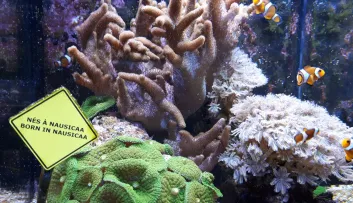Births at Nausicaá in 2024
A look back at the year's births at Nausicaá.
- 3mn read

Hardly a year goes by without us announcing new births. It's always a source of satisfaction for the team of aquarists to add new individuals to the - already - long list of animals born at Nausicaá.
Births of the year
Penguins, jellyfish and horn sharks
La colonie des manchots s’est agrandie avec la naissance de deux bébés, Asthar et Nafasi. L’année 2024 a vu l’arrivée dans l’exposition Des Rivages et des Hommes d’une nouvelle espèce de méduse, la cyanée bleue dont les soigneuses Constance et Coralie ont réussi la reproduction (l’histoire est à lire ici).
The penguin colony has expanded with the birth of two babies, Asthar and Nafasi. The year 2024 saw the arrival in the Shores and Mankind exhibition of a new species of jellyfish, the blue jellyfish, successfully reproduced by caretakers Constance and Coralie (read the story here).
A unique reproduction of which we are very proud, the birth of the first horn sharks. These sharks, which live in the Californian Basin in the Shores and Mankind exhibition, have the particularity of producing spiral eggs, similar to screws, in which the baby shark develops. The eggs were collected from the tank and placed in aquariological reserves so that a baby shark could be born after nine months.

Livestock breeding booming at Nausicaá
Other births, this time from the aquarium's own fish breedings.
Des sélènes mais aussi des sergents major d’Indo-Pacifique (Abudefduf sexfasciatus), des hippocampes à long nez (Hippocampus reidi) et des poissons ange à barre blanche (Holacanthus passer) sont nés cette année grâce à la collaboration entre Nausicaá et BioNaMeris, une jeune entreprise biotech spécialisée dans la production de proies vivantes de petite taille comme le copépode, destinées à l’alimentation des larves de poisson.
Not only the Atlantic lookdowns, but also Scissortail Sergeants (Abudefduf sexfasciatus), long-snout seahorses (Hippocampus reidi) and king angelfish (Holacanthus passer) were born this year thanks to the collaboration between Nausicaá and BioNaMeris, a young biotech company specialising in the production of small live prey, such as copepods, to feed fish larvae.
Nausicaá's aquarists collect the eggs on a daily basis, particularly in the large open sea basin. BioNaMeris, which benefits from the favourable environment offered by Nausicaá, then monitors the hatching and growth of the larvae through to the juvenile stage. The caretakers then take over until the animals can be presented in the exhibition tanks.
In the large open sea tank alone, around ten species such as false herrings, horse mackerel and snapper are bred. The sea goldies and long-snout seahorses that live in the Shores and Mankind exhibition are also among the species bred at the centre by aquarists from Nausicaá and BioNaMeris.

More births in 2025?
In the large deep-sea tank, the Atlantic pygmy devil rays have grown since their arrival in 2018!
The caretakers have observed courtship displays and behaviours that raise hopes of reproduction in the more or less near future.
Stay tuned!




